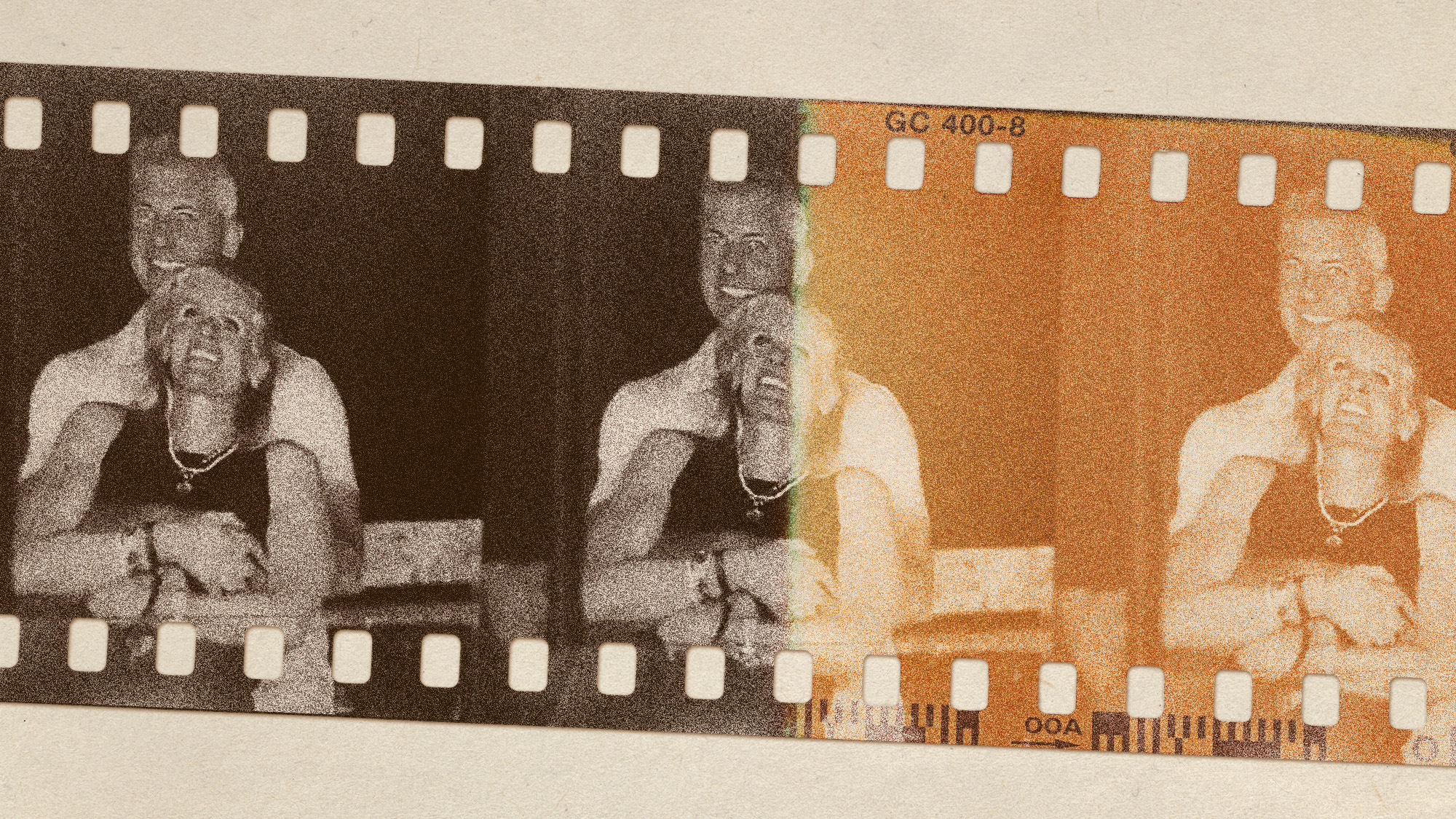World of flavour: The best food markets in Europe
Immerse yourself in local tastes, sounds and cultures with a trip to these foodie havens


Great Market Hall, Budapest
The beautiful Great Market Hall, located on the Pest side of central Budapest, is one of Europe's grandest historic food halls. Spread across three floors, the market sells a huge range of fresh produce, snacks, souvenirs, knick-knacks and local delicacies including Hungarian meats, cheeses, paprika, pastries and wine. One of the city's most celebrated tourist attractions and a favourite shopping haunt of locals too, the market dates back to 1897, when it was built as a response to the growing number of inhabitants in the newly unified city. The market was restored to its original glory in the 1990s, when the statement neo-gothic roof was refitted with traditional Zsolnay tiles.
The Week
Escape your echo chamber. Get the facts behind the news, plus analysis from multiple perspectives.

Sign up for The Week's Free Newsletters
From our morning news briefing to a weekly Good News Newsletter, get the best of The Week delivered directly to your inbox.
From our morning news briefing to a weekly Good News Newsletter, get the best of The Week delivered directly to your inbox.

Cours Saleya, Nice
Snap-happy tourists flock to Nice's pretty-as-a-picture open-air market, famous for its fragrant floral displays and colourful striped awnings. The Cours Saleya market, named after the street on which it's hosted in the city's Old Town, is renowned for its bustling, convivial atmosphere. Technically, the market is made up of four different offerings, including an antiques fair on Mondays and an evening crafts market hosted throughout the summer, but it's the Marche aux Fleurs – held from Tuesday to Sunday – that really draws the crowds. Here, you'll find vibrant plants and bouquets alongside fresh fruit and veg stalls selling delicious local produce – ideal for picking up ingredients and heading to the nearby beach for an impromptu picnic.
A free daily email with the biggest news stories of the day – and the best features from TheWeek.com

Time Out Mercado da Ribeira, Lisbon
When looking for new headquarters in the Portuguese capital, Time Out settled on an ambitious plan to take over the once grand Mercado da Ribeira – Lisbon's biggest covered market – and remodel it as a stylish entertainment and dining spot. Since launching in May 2014, the market has become a huge hit, attracting more than two million visitors every year. One half of the building retains the original fresh produce market, which has been running since 1892, while the other has been transformed into a chic modern dining space with large communal tables and 35 kiosks. Locals and tourists alike head to the Mercado to sample delicious and inventive dishes showcasing the country's best produce. What's more, five of Lisbon's brightest culinary talents have permanent restaurants in the market, specialising in traditional Portuguese recipes with a contemporary twist, all for a fraction of the price of those served in an upscale restaurant. So successful is Time Out's debut permanent food venture that a second market is due to open on London's Commercial Street later this year.

Mercado Lonja del Barranco, Seville
This contemporary food market is a relative newcomer to Seville's gastronomic scene, having opened in late 2014. Converted from a beautiful 19th-century glass and iron building located on the banks of the Guadalquivir River, the mercado is more bijou than the grand central markets of Valencia, Barcelona and Madrid, but what it lacks in size it more than makes up for in quality and choice. Visitors can sample succulent offerings from more than 20 vendors, with dishes including local jamon Iberico, paprika-soaked octopus and myriad flavours of croquettes, all washed down with inexpensive local beer and red wine. Directly on the riverbank is a terrace and cocktail bar with plush seating, shisha pipes and tranquil views.

Markthal Rotterdam
The spectacular Markthal Rotterdam – the first covered market in the Netherlands – is arguably more famous for its eye-catching architecture than its culinary offerings, and has swiftly become one of the city's biggest tourist attractions. Built beside the Rotte River, on the site on which Rotterdam was founded in 1270, the horseshoe-shaped market is an ambitious feat of construction that took five years to complete. Dutch artist Arno Coenen's colourful 11,000sqft 'Horn of Plenty' artwork curves around the internal structure in a whopping 131ft-high arch. As for the food, you'll find all kinds of international cuisine, ranging from stand-alone restaurants to deli counters, artisan bakeries and butchers, with plenty of calorific Dutch treats such as waffles and cheese to enjoy too.
-
 The most anticipated movies of 2026
The most anticipated movies of 2026The Week Recommends If the trailers are anything to go by, film buffs are in for a treat
-
 The biggest viral moments of 2025
The biggest viral moments of 2025In the Spotlight From the Coldplay concert kiss cam to a celebrity space mission, these are some of the craziest, and most unexpected, things to happen this year
-
 Environment breakthroughs of 2025
Environment breakthroughs of 2025In Depth Progress was made this year on carbon dioxide tracking, food waste upcycling, sodium batteries, microplastic monitoring and green concrete
-
 Hyatt Regency Lisbon: a tranquil oasis in the historic district of Belém
Hyatt Regency Lisbon: a tranquil oasis in the historic district of BelémThe Week Recommends With its sprawling spa and prime location overlooking the River Tagus, this luxury hotel is a great place to escape the bustle of the city
-
 A weekend in Lisbon: travel guide, attractions and things to do
A weekend in Lisbon: travel guide, attractions and things to doThe Week Recommends Everything you need to know for a city break in Portugal’s stunning capital
-
 MAAT: Lisbon's new cultural dynamo
MAAT: Lisbon's new cultural dynamoIn Depth The Museum of Art, Architecture and Technology, situated on top of an old power station, promises to light up the Portuguese capital